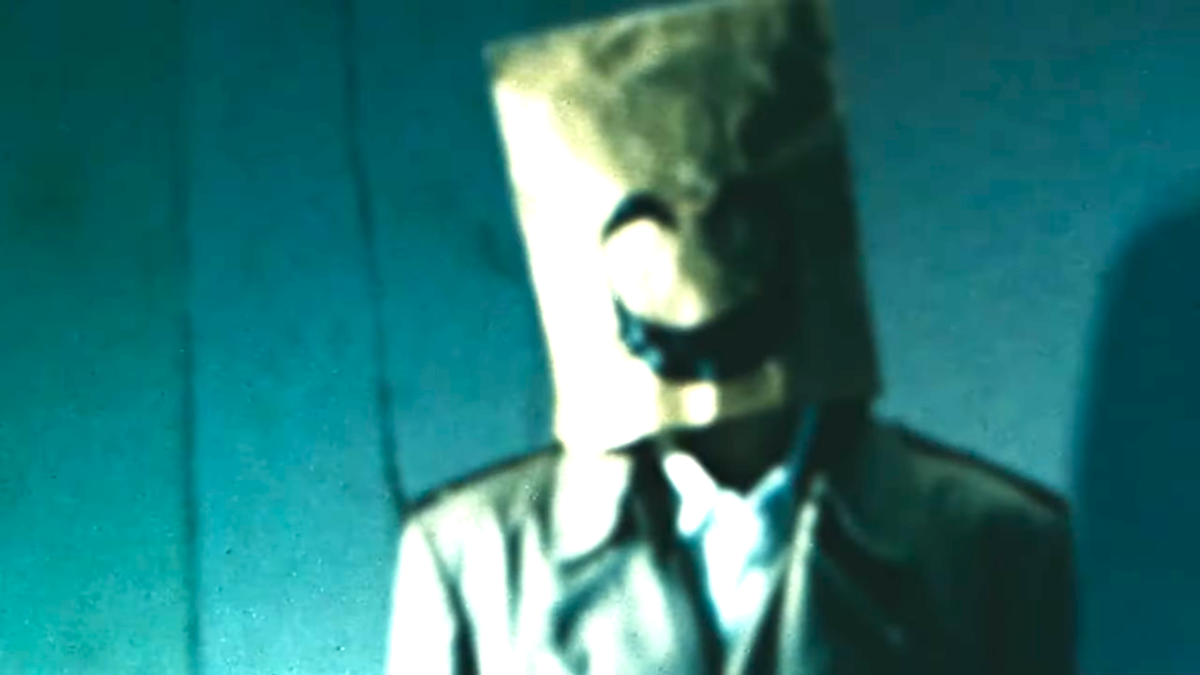
Gaming is a constantly evolving art form, which promotes change through creativity and new ideas. As such, what we used to think of as a video game is now a part of a much more broad definition, which includes newer genres like the aptly-dubbed “walking simulator.” It’s in that more recent category where Dear Esther finds itself, as it eschews things like jumping from platform to platform, firing guns and even solving puzzles, in favour of a more cerebral experience.
Having begun its life as a free-to-download Source mod back in 2008, Dear Esther has since been polished into a full-fledged game. And, after time spent on PC, it’s now broadening its horizons and expanding its audience with a trip to consoles as Dear Esther: Landmark Edition.
While PC gamers are more familiar with experimental titles, including such walking simulators, consoles have not been without until now. Examples include The Vanishing of Ethan Carter, and ports of the much talked about home exploration game, Gone Home. Dear Esther is arguably the best of that bunch, and it does so with simplicity. Nothing is handed to you, but bottlenecks also don’t exist, nor do obtuse puzzles or anything of that sort. It’s just you and Mother Nature, as you control a protagonist who talks to himself (and the ghosts around him) while you slowly move about within a first-person viewpoint.
Questions have been raised as to whether Dear Esther truly counts as a game, given that there’s little to it in terms of gameplay content. However, to say that it is not would be a disservice to the medium, as well as the creativity that the industry is trying to promote through indie developers. Plus, it’s nice to show people as an example of how video games truly are an art form.
The truth of the matter, though, is that this is only an hour long experience, unless you take things slowly and explore every inch of the strange, deserted and very rocky island you find yourself on. To promote this, those who do search every nook, cranny and off-beaten path will discover different items and clues that spawn randomly with each playthrough. Why are these things randomized? Well, as the developers mentioned in the included commentary tracks, they wanted people to form their own ideas of the storyline and its meaning, gleaming these tidbits from discovered items (photographs, car parts, etc.) and the main character’s cryptically beautiful narration. Of course, they also wanted to promote repeat playthroughs through this tactic.
To be honest, I was somewhat disappointed to hear that, because after finishing my first playthrough I felt smart for having deduced the theme of the plot. It is what it is, however, and it’s fine if the developers wanted people to come to their own conclusions – it’s just not as finite or complete of a narrative conclusion as I would have liked. Still, I appreciated this mature look at love and loss, as well as the generalized human condition, even if it didn’t end the way that I had hoped it would.
Said story unravels over four different chapters, which each take place on a different part of this ramshackle European island. There are many cliffs and beaches to explore, but you’ll also find yourself delving deep into the caverns below, for an interesting change of pace. Throughout it all, though, you’ll just be walking – relatively slowly, too – as things vocally unravel. There’s no real wildlife to look at, and little in the way of interesting constructs to explore, yet there’s something about this game that sticks with you.
Even still, since completing it the other night I’ve had a hard time putting my finger on an exact score for Dear Esther: Landmark Edition, as while it’s definitely memorable, there’s not a lot to it. That said, it does present a rather haunting and beautiful experience that makes you think and keeps you wondering. Nothing is handed to you, little is explained and discoveries are randomized with each playthrough.
Beautiful is an accurate way to describe this interactive journey, too, because it can be tied to more than one aspect of the experience. From the stunning geometry, to the ever-glowing moon that sits above it, there’s a lot to look at and admire along your way. Not only that, but the way that the narrator’s words have been written and delivered makes them a treat to listen to and attempt to unravel. Nothing was taken for granted or rushed here, and for that the developers deserve credit.
At the end of the day, what it all comes down to here is whether or not you think you’d enjoy a game where all you do is walk. If that sounds boring, then Dear Esther: Landmark Edition is simply not for you and that’s okay. However, those who are willing to spend a bit of money to immerse themselves in a cryptically beautiful and hauntingly memorable interactive experience should do just that.
This review is based on the Xbox One version of the game, which we were provided with.














Published: Sep 19, 2016 11:45 pm